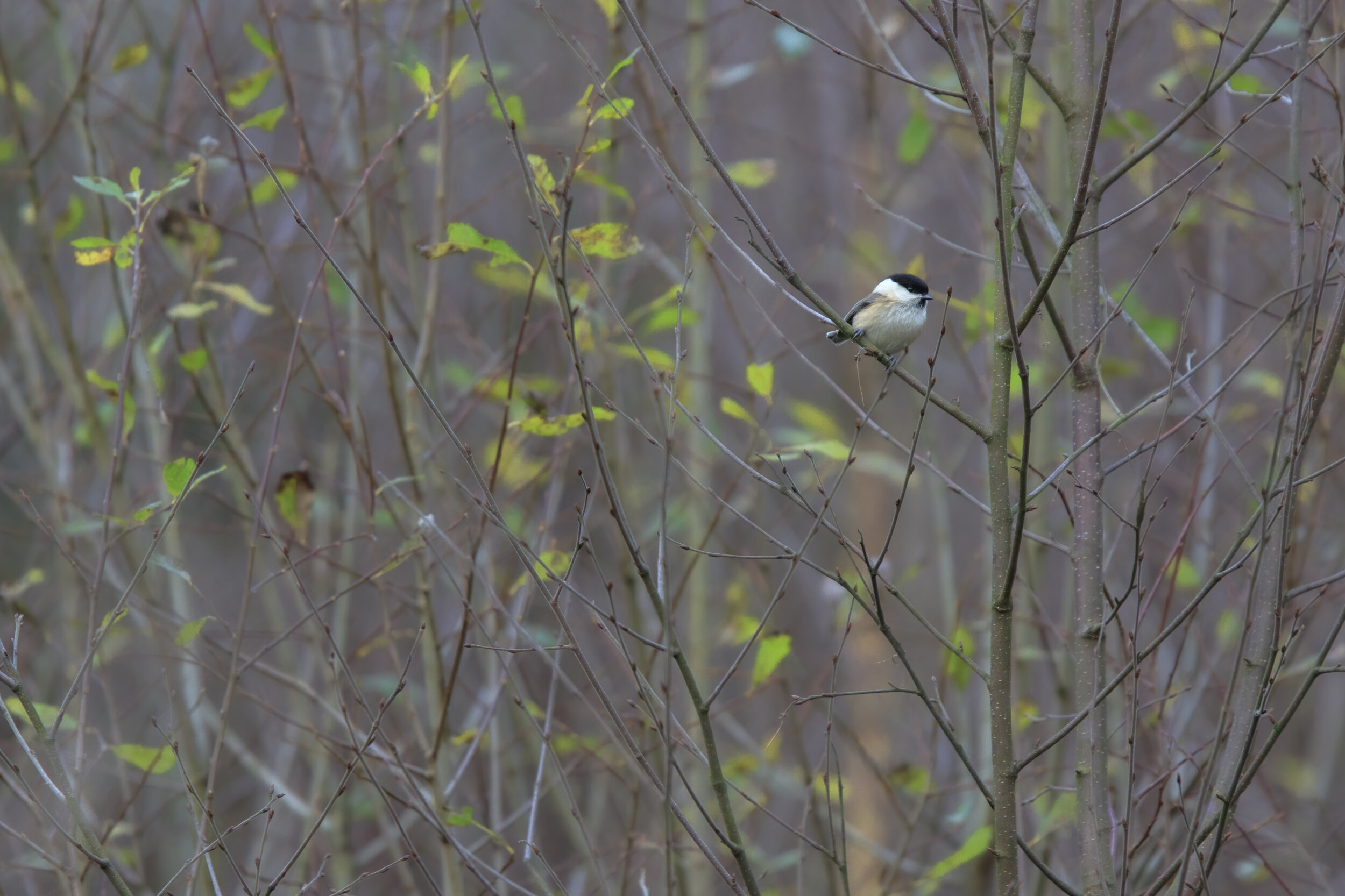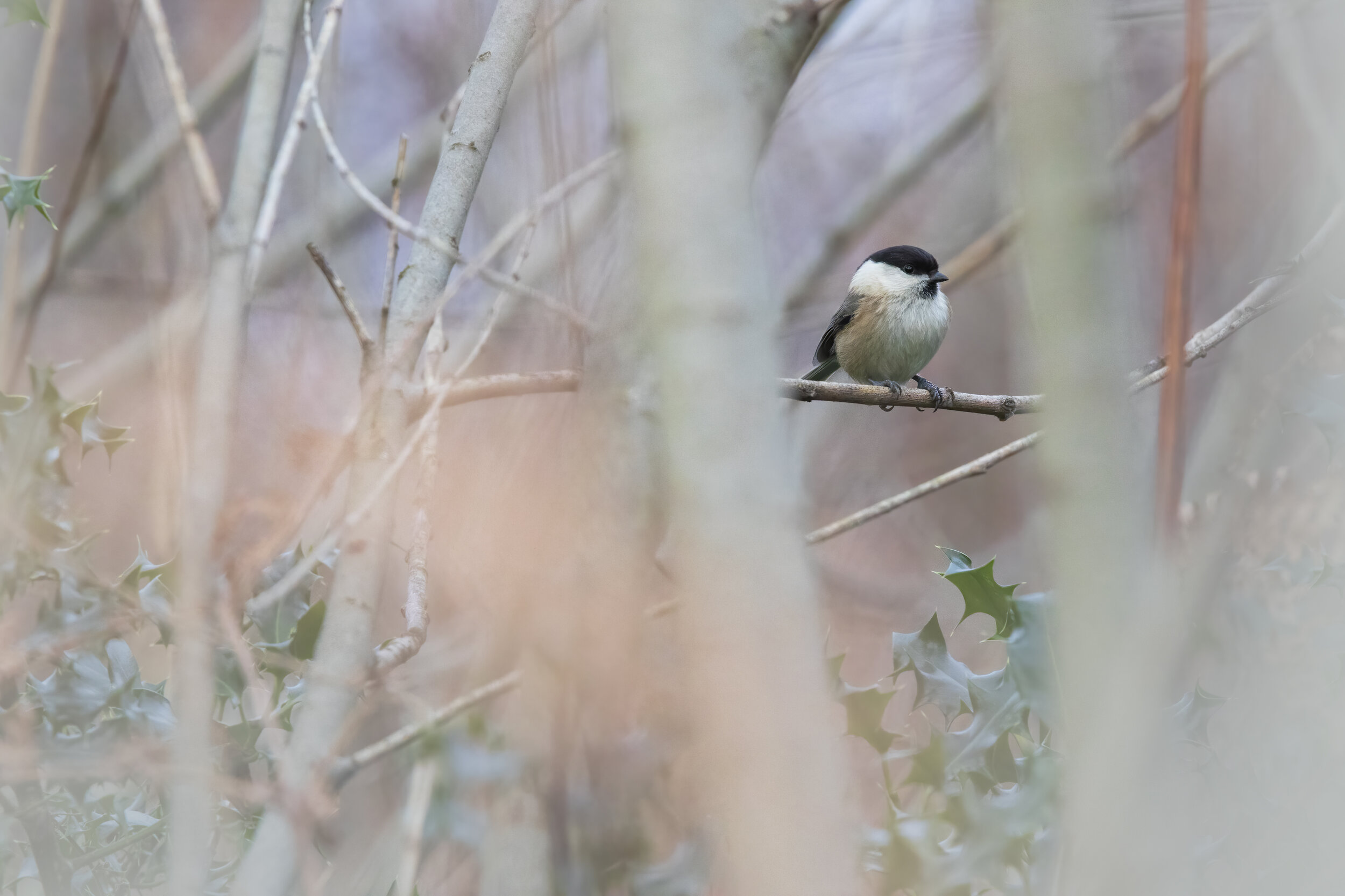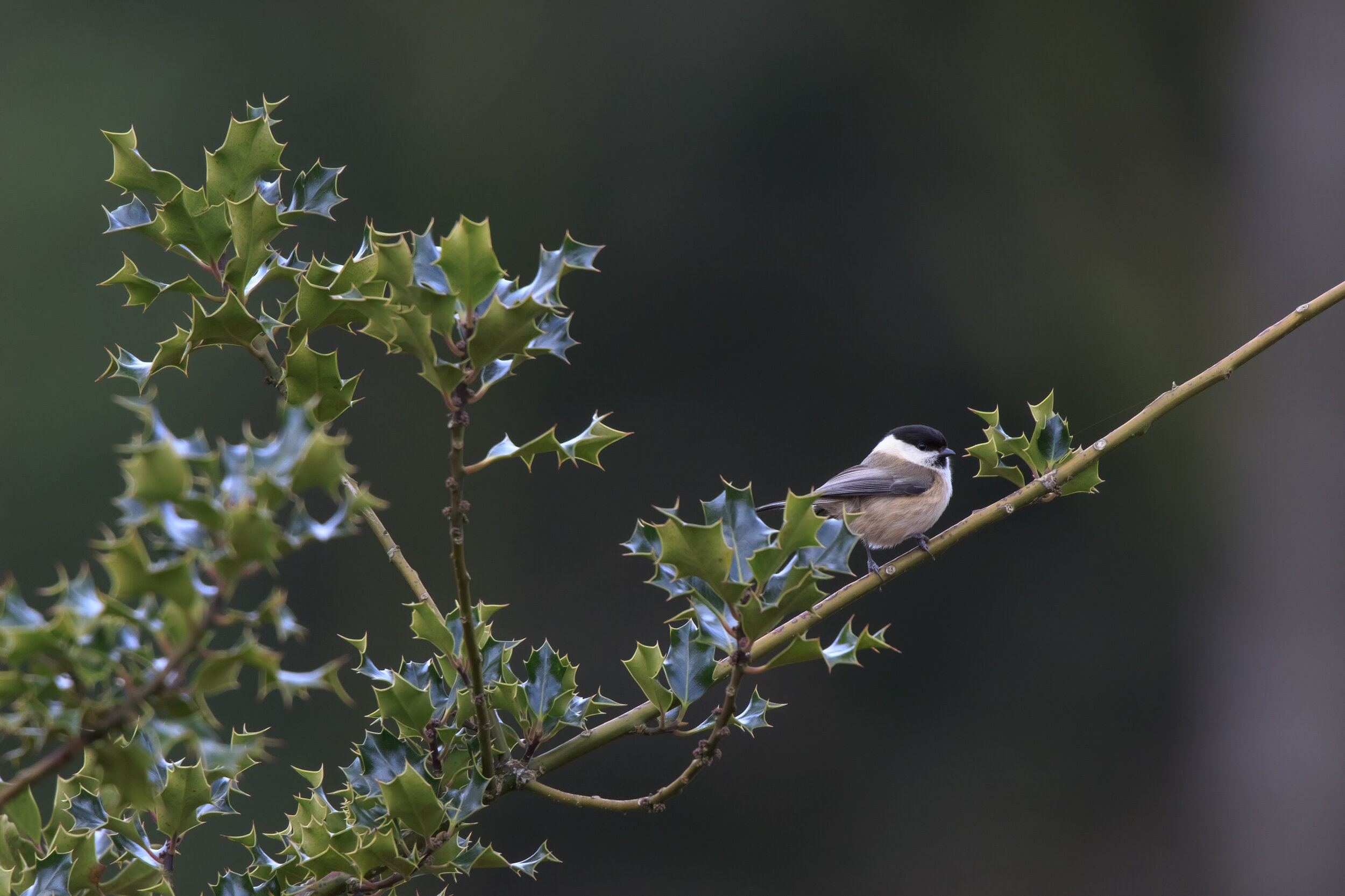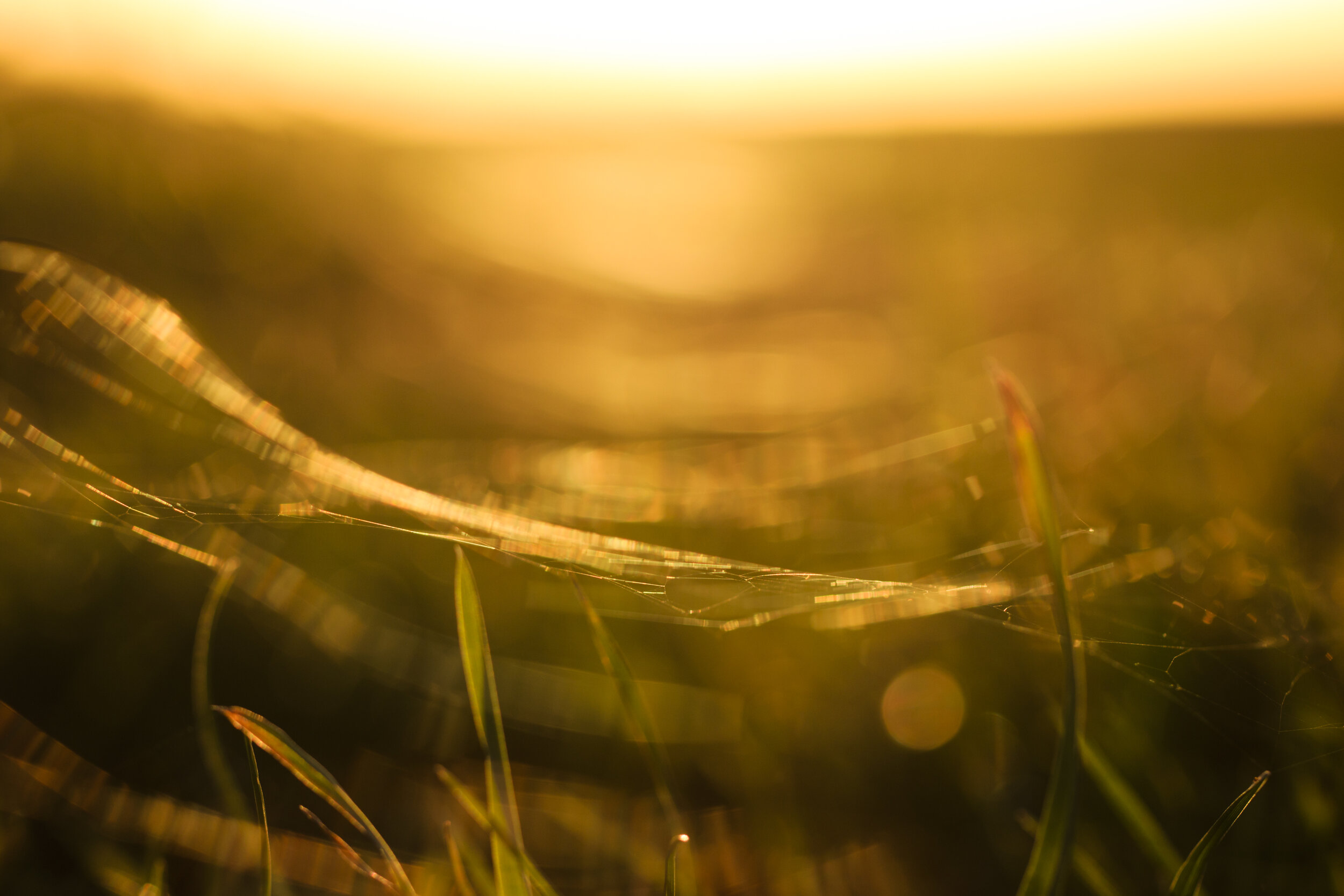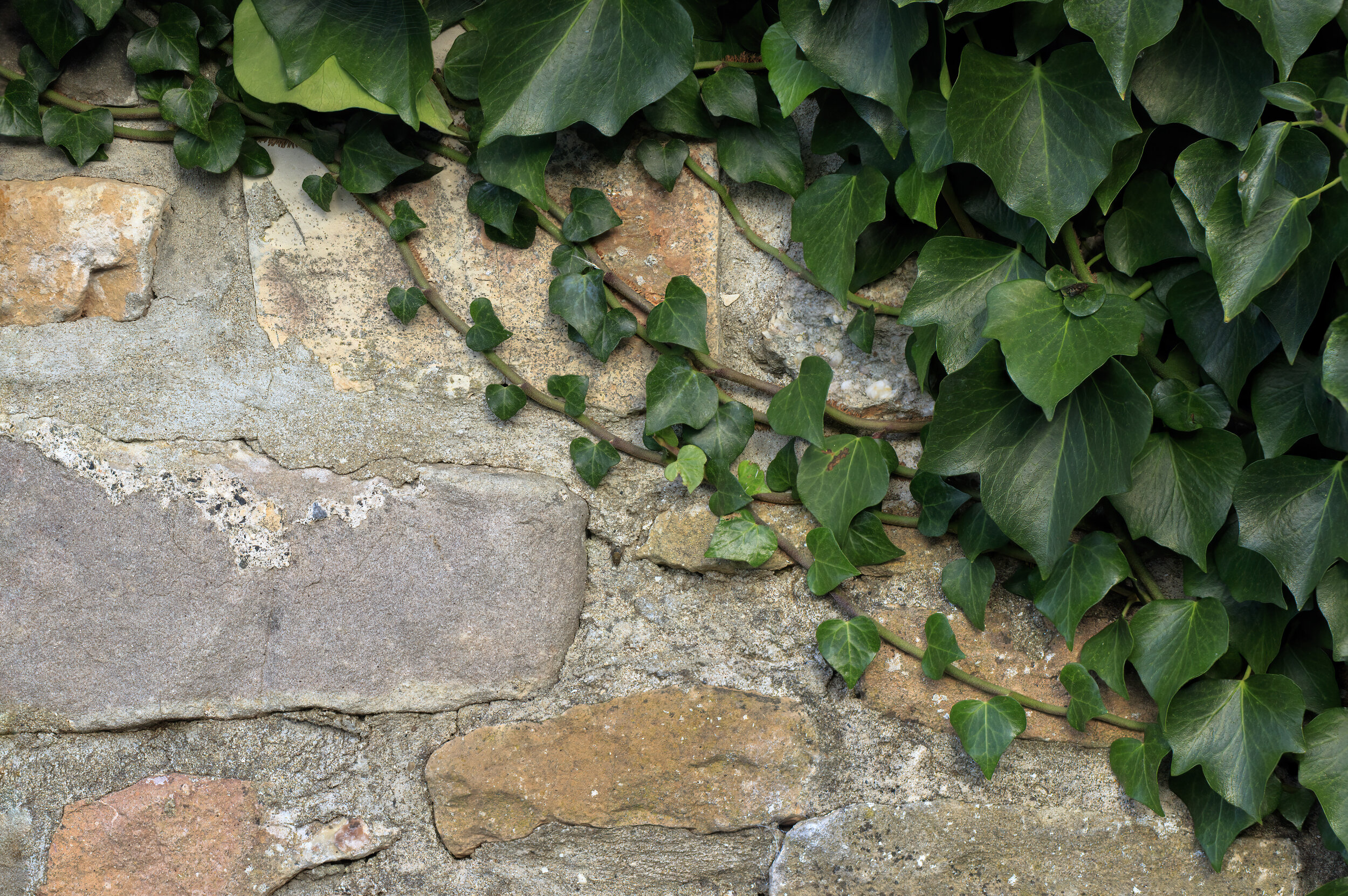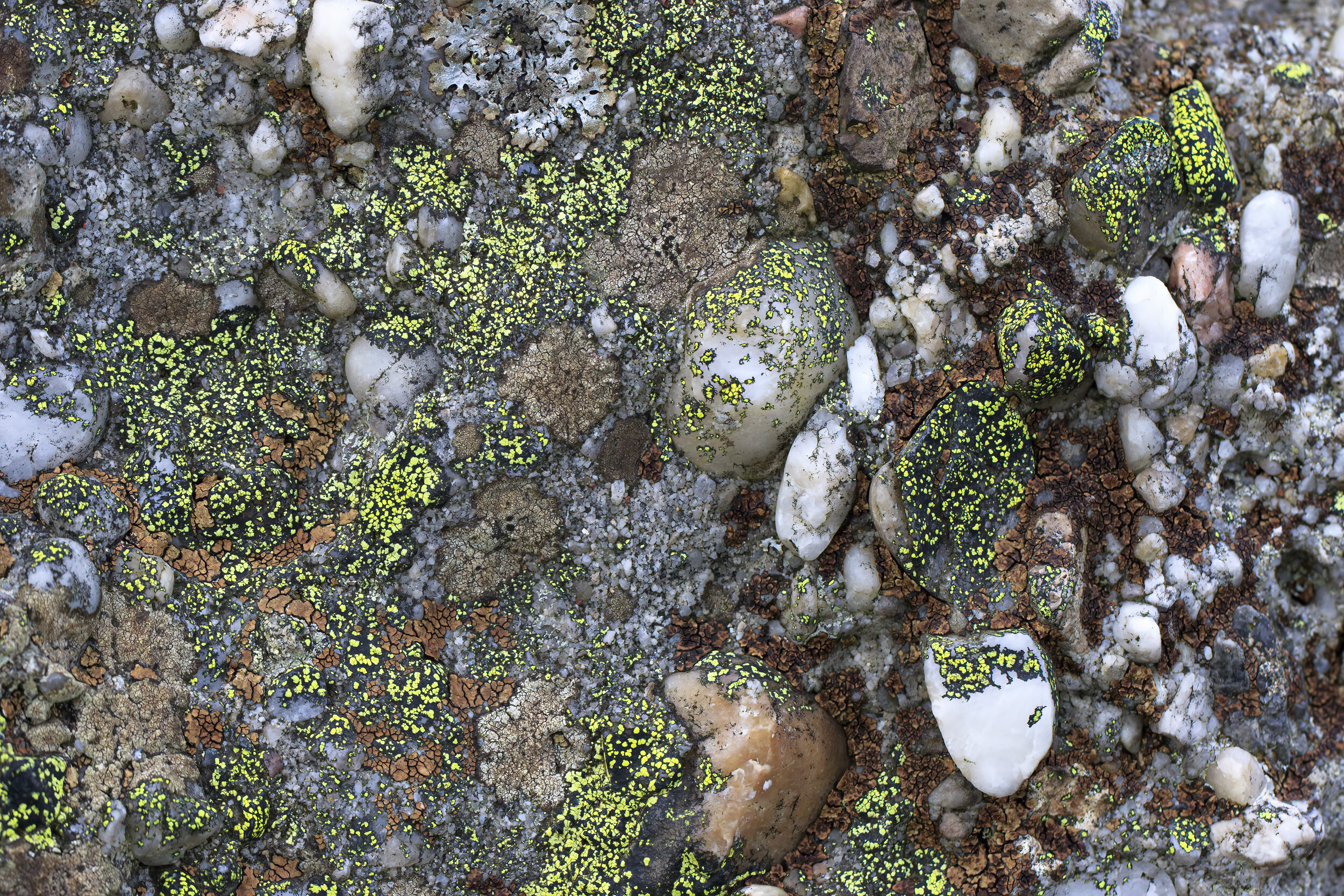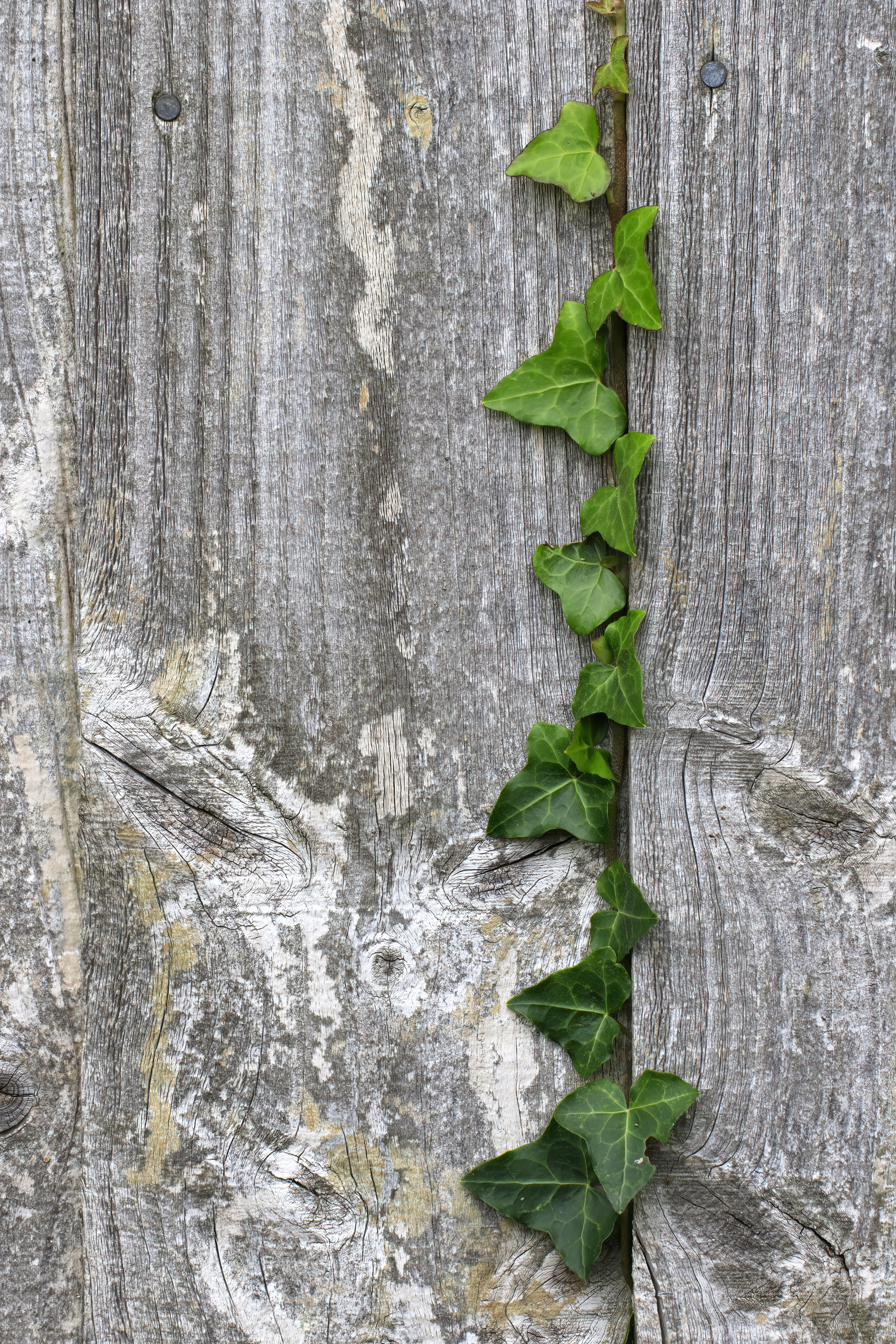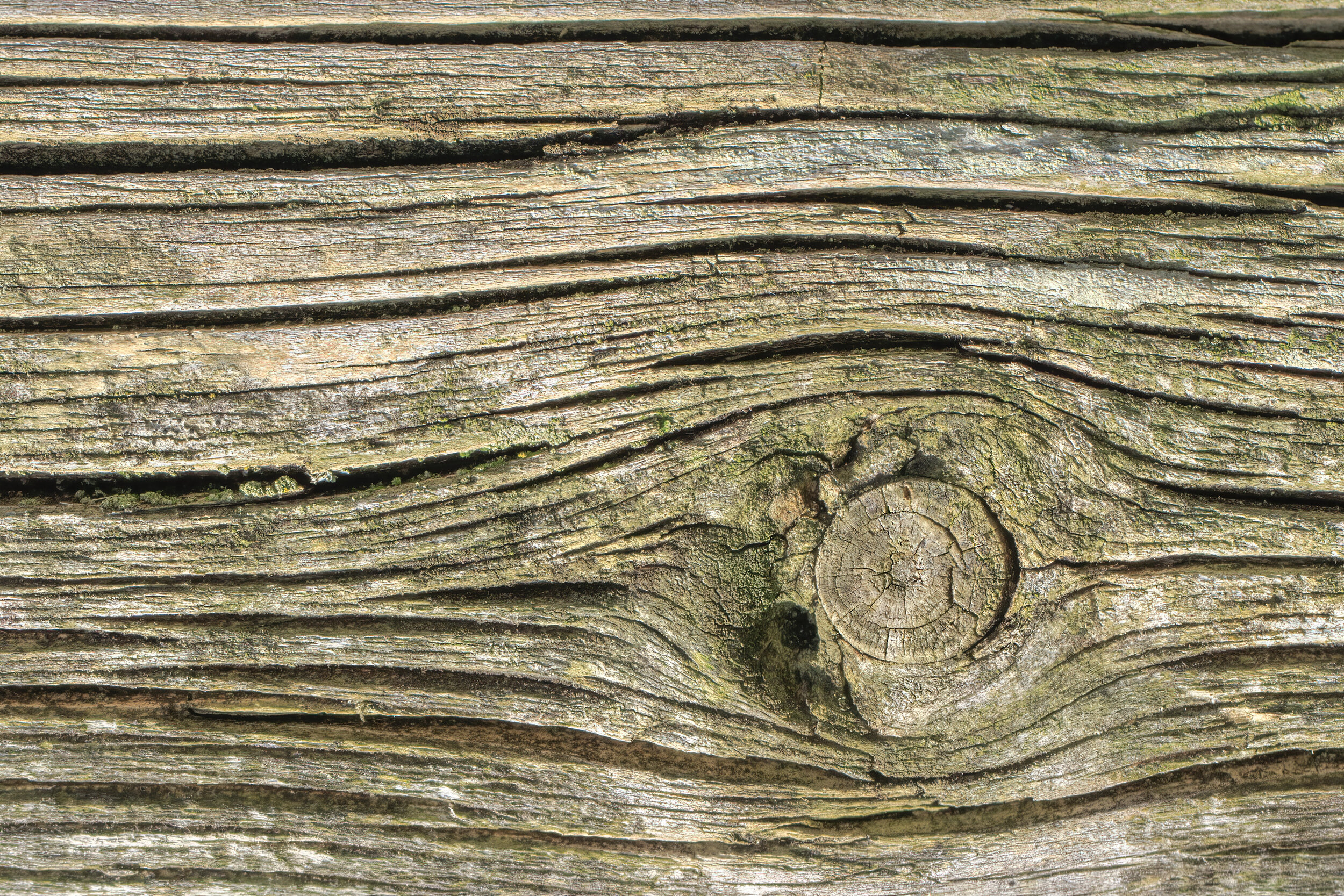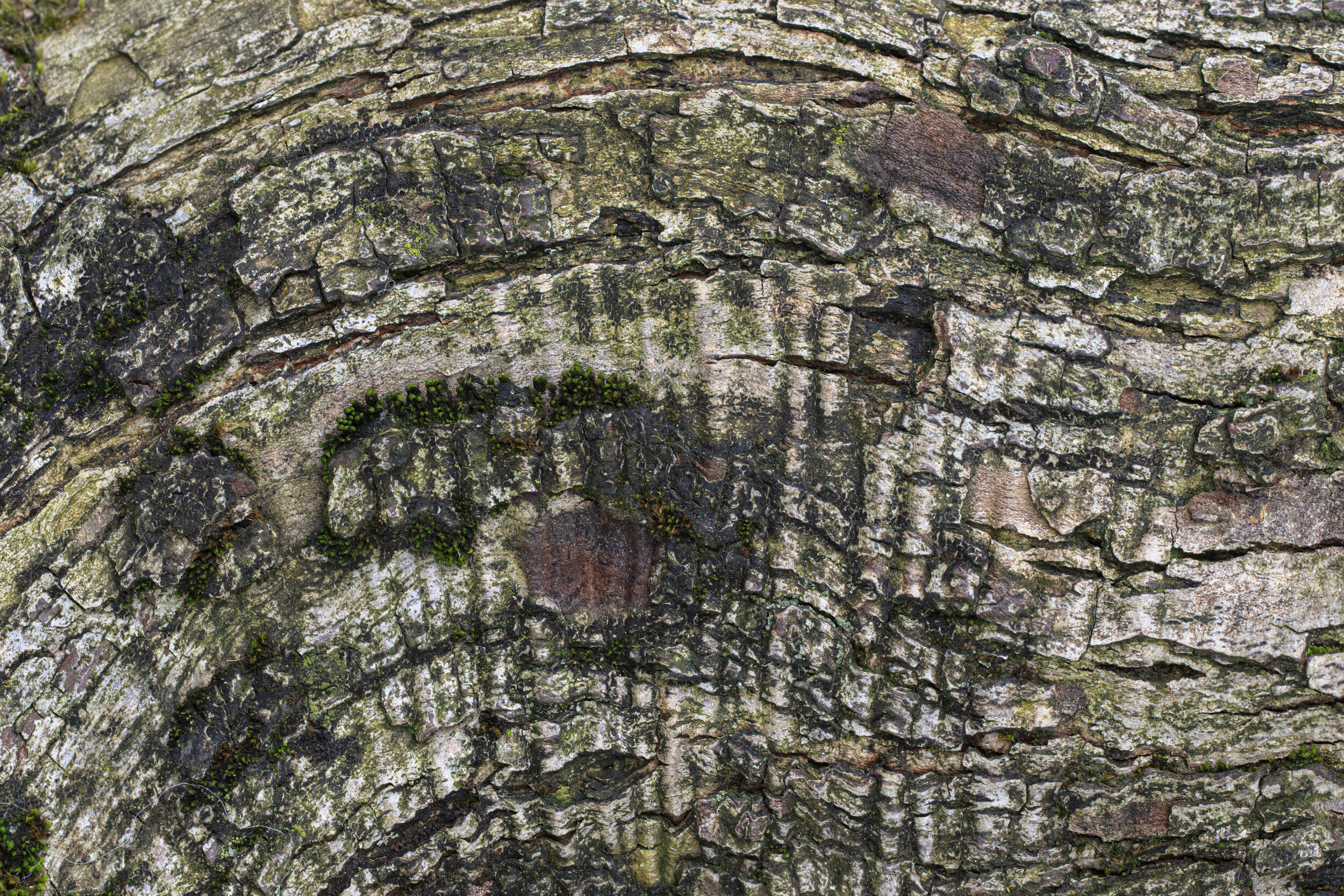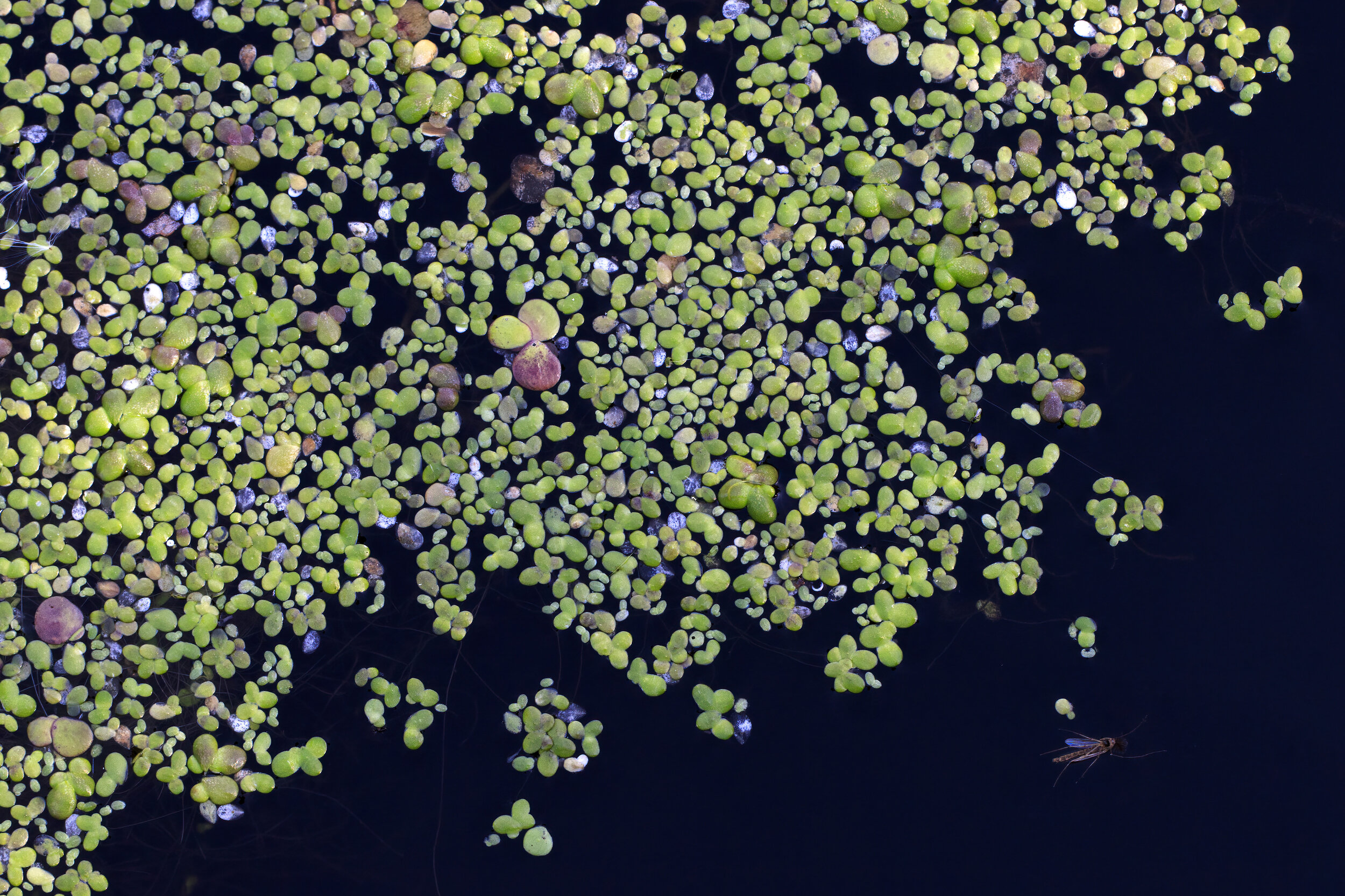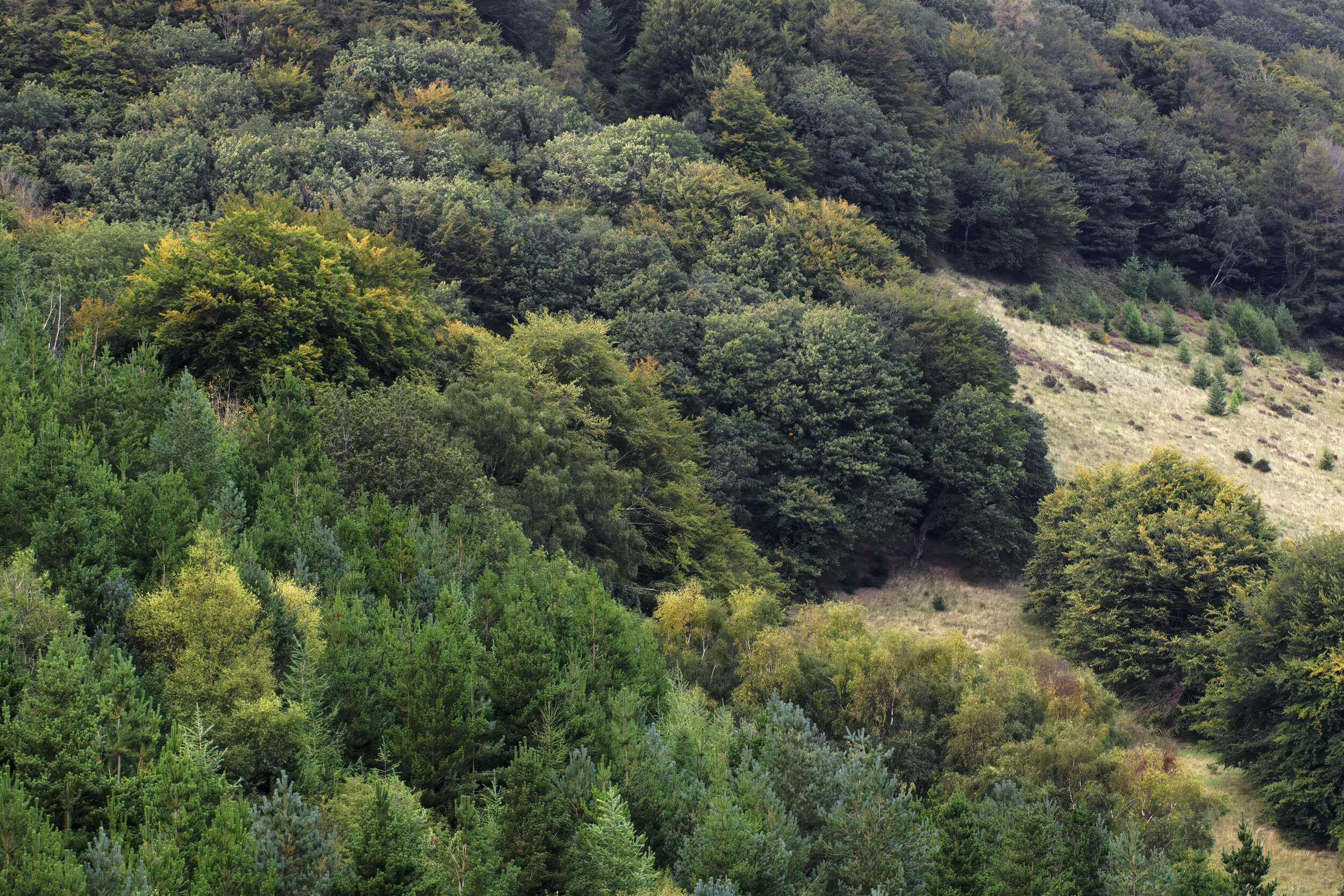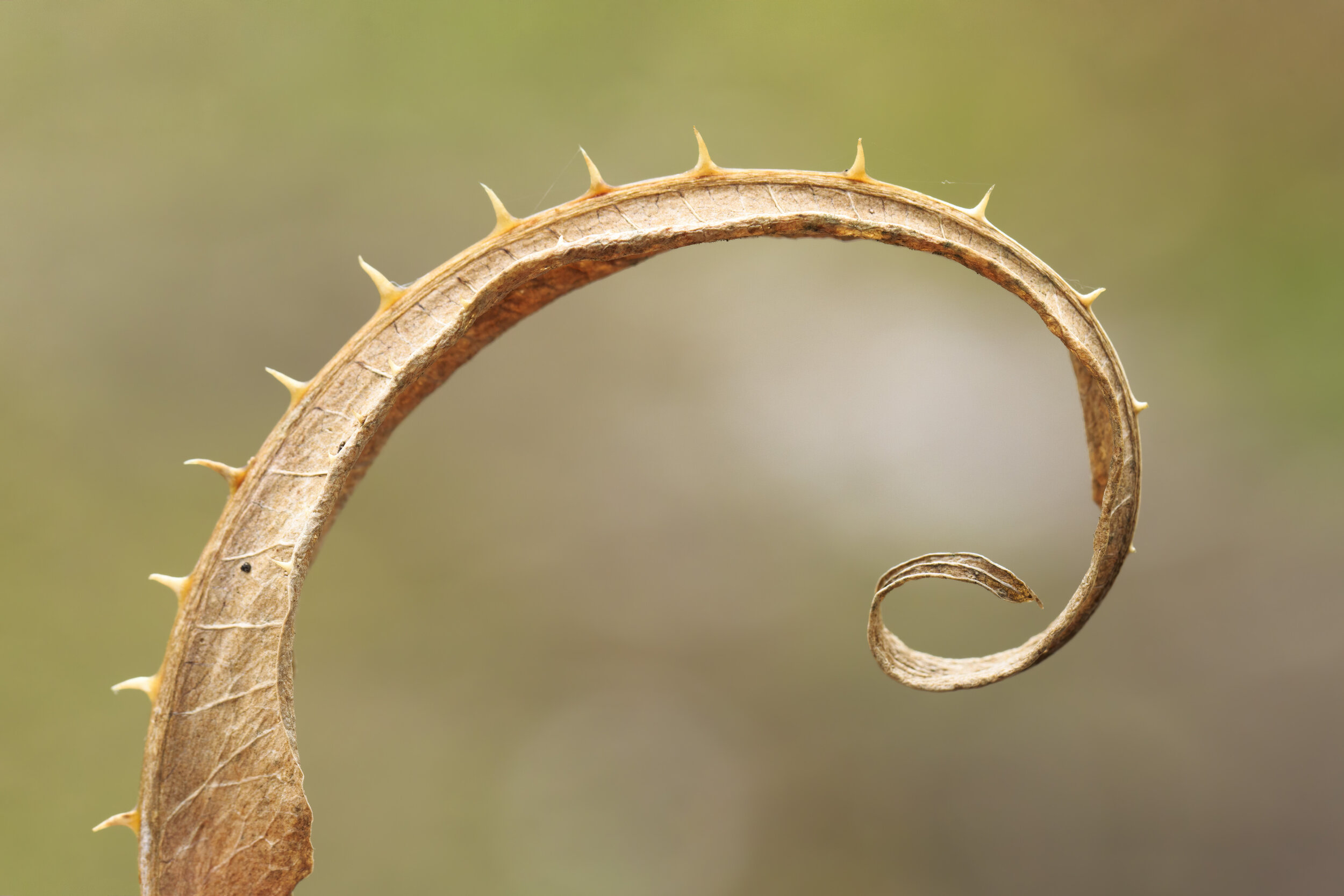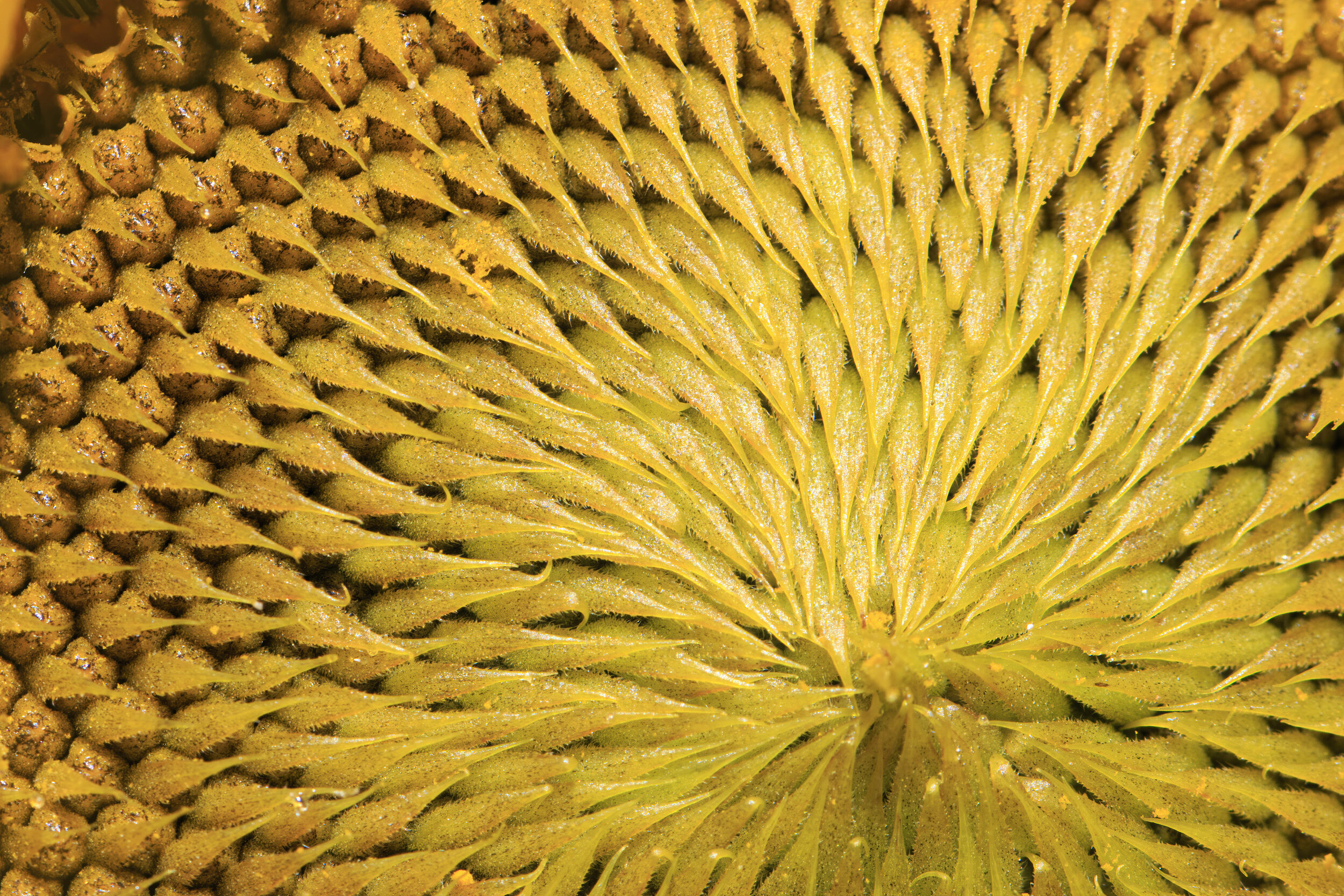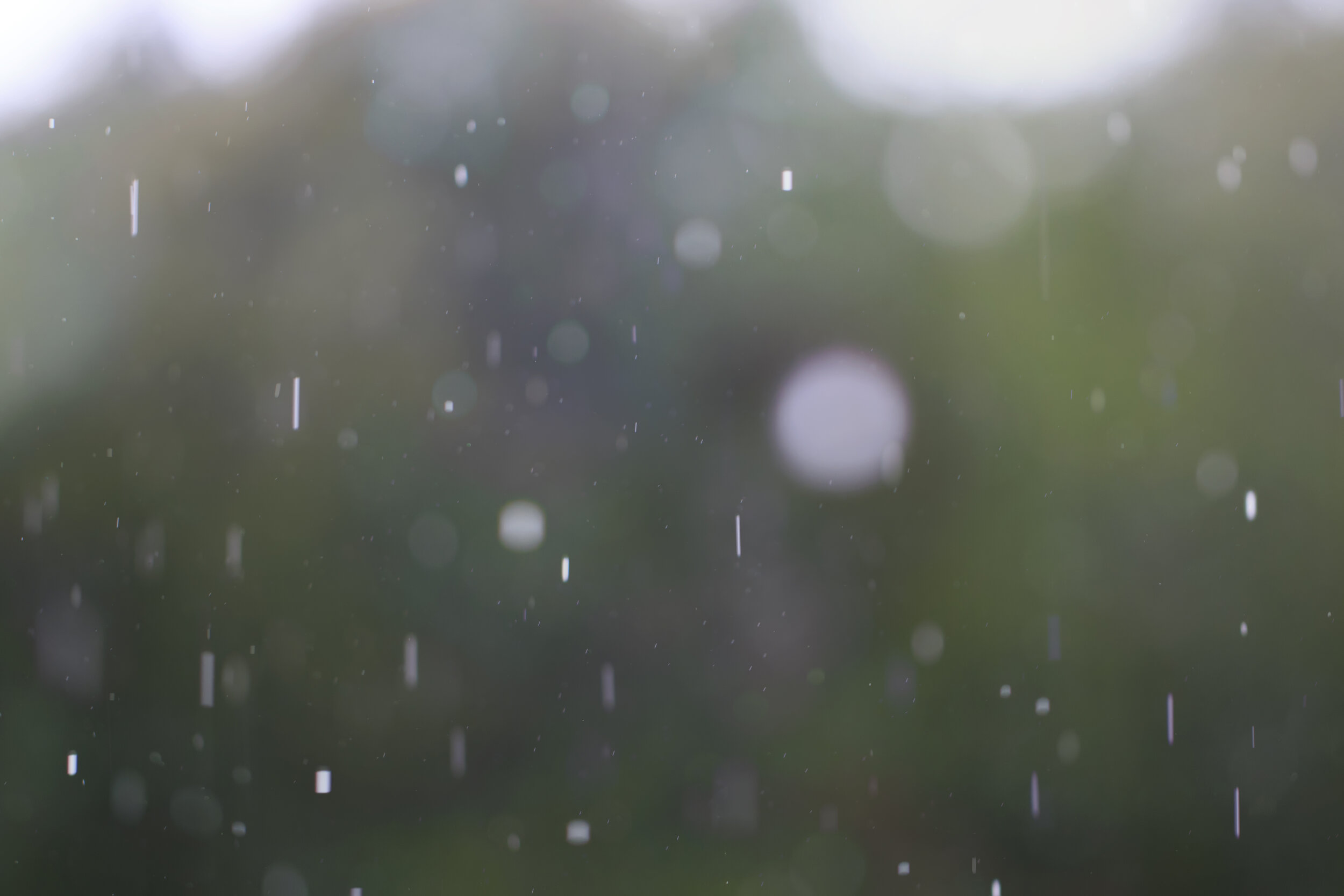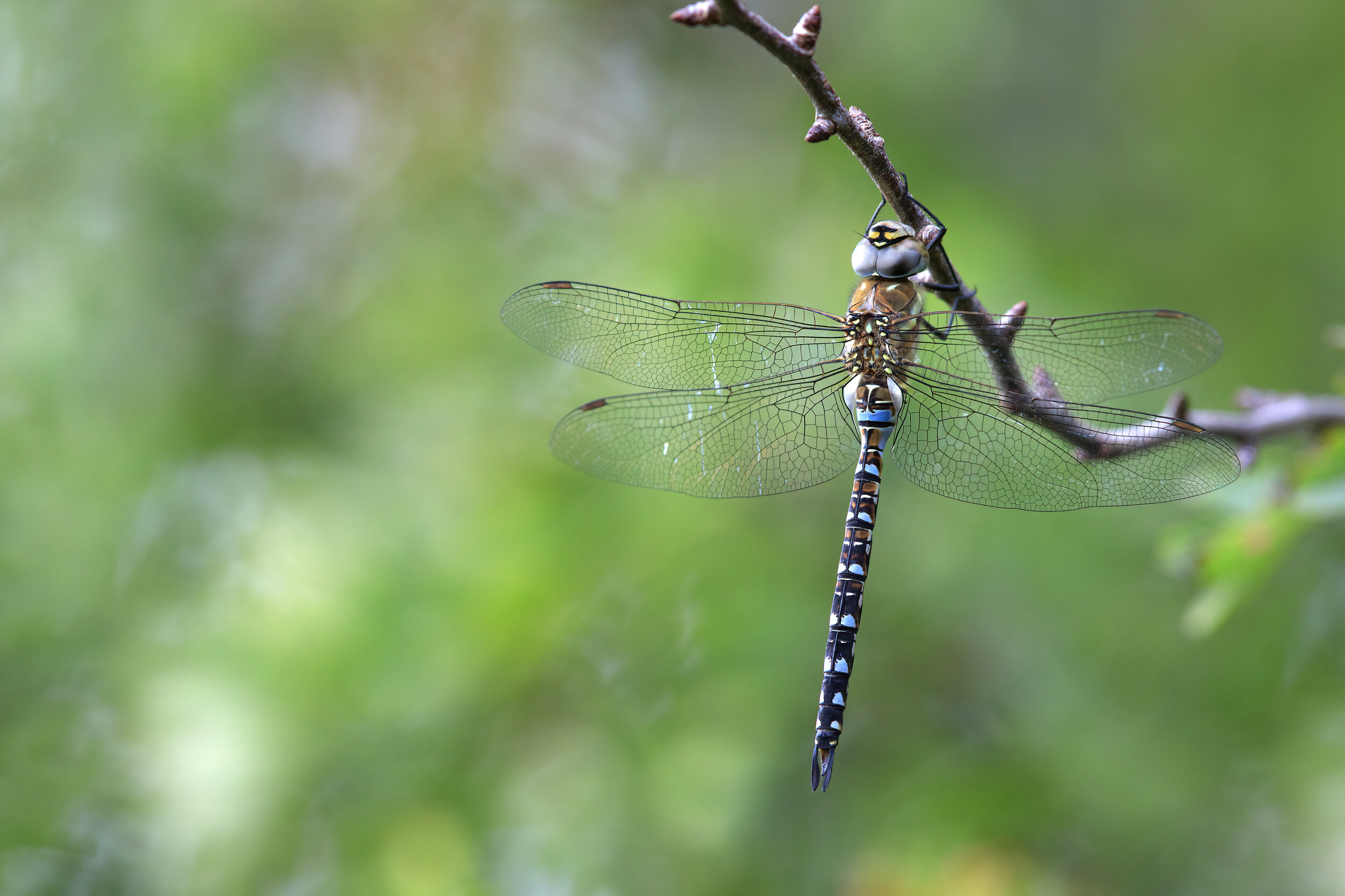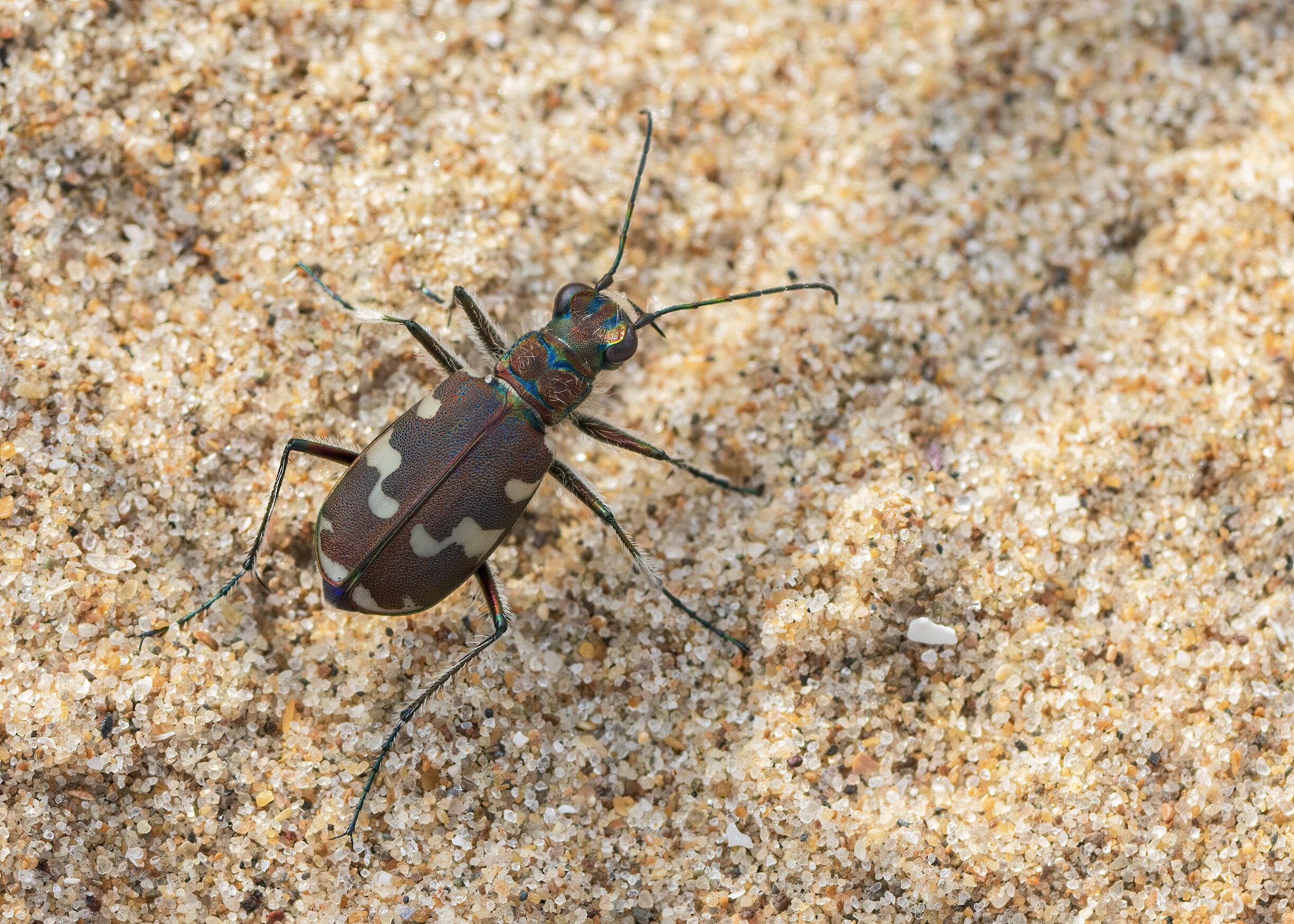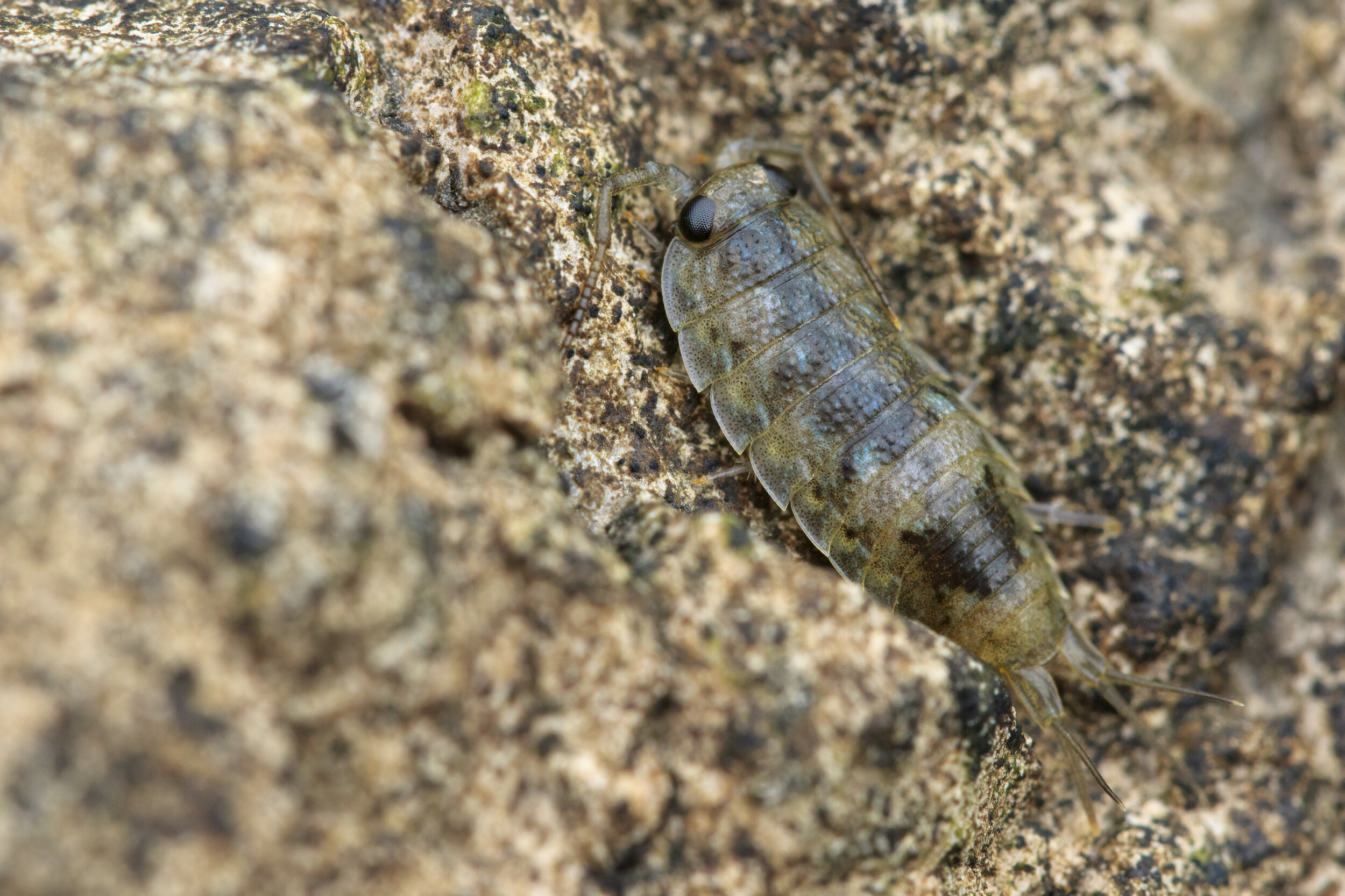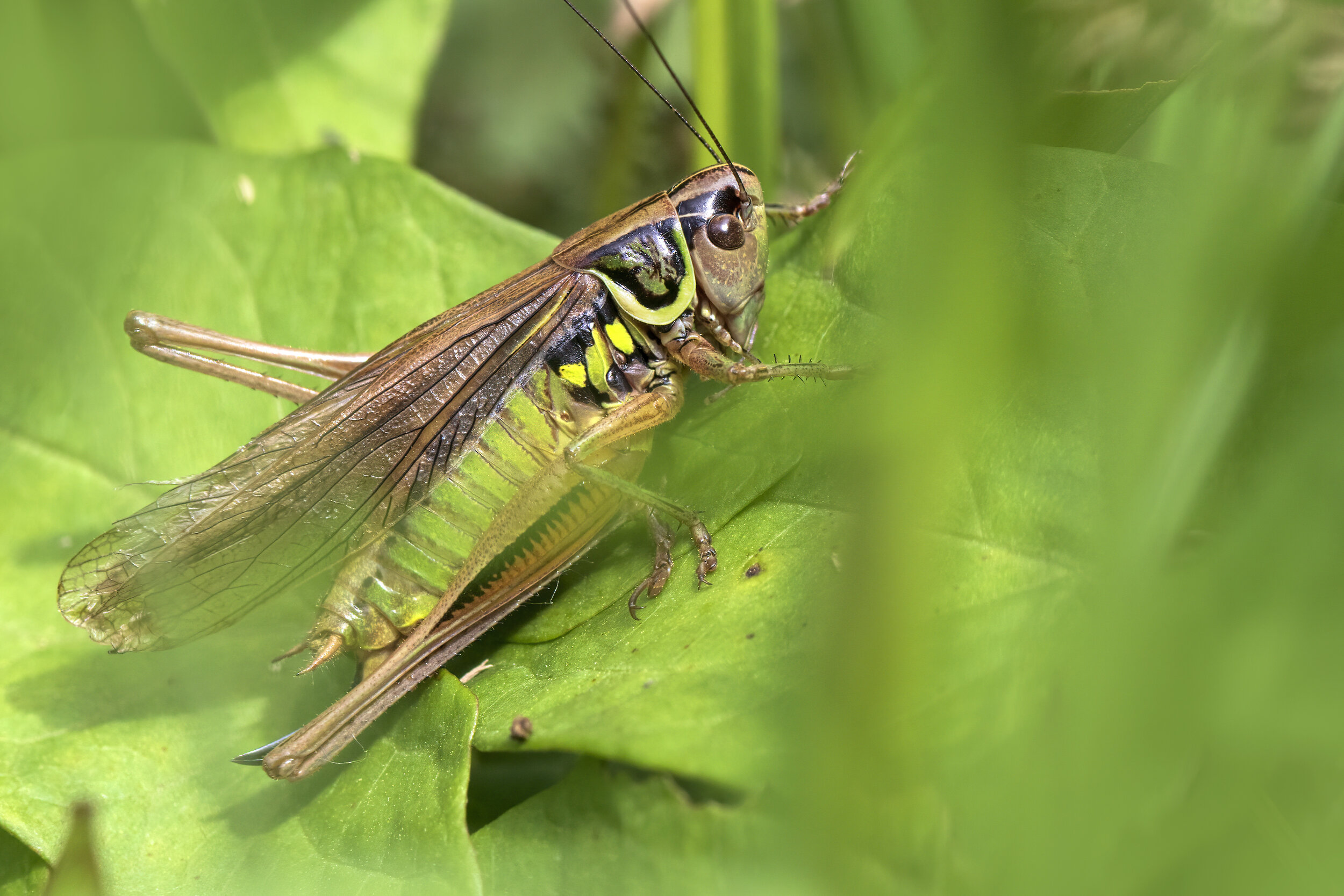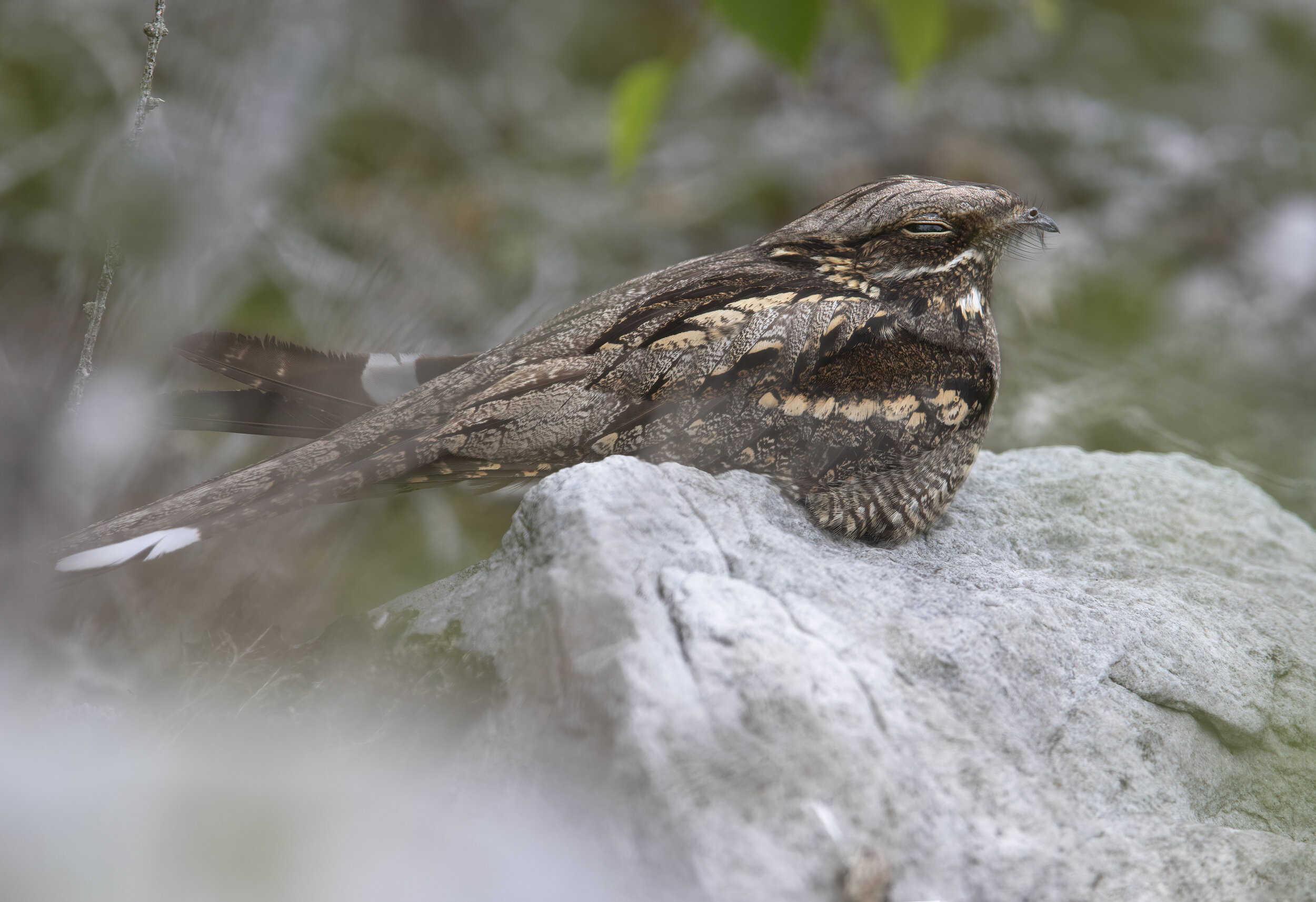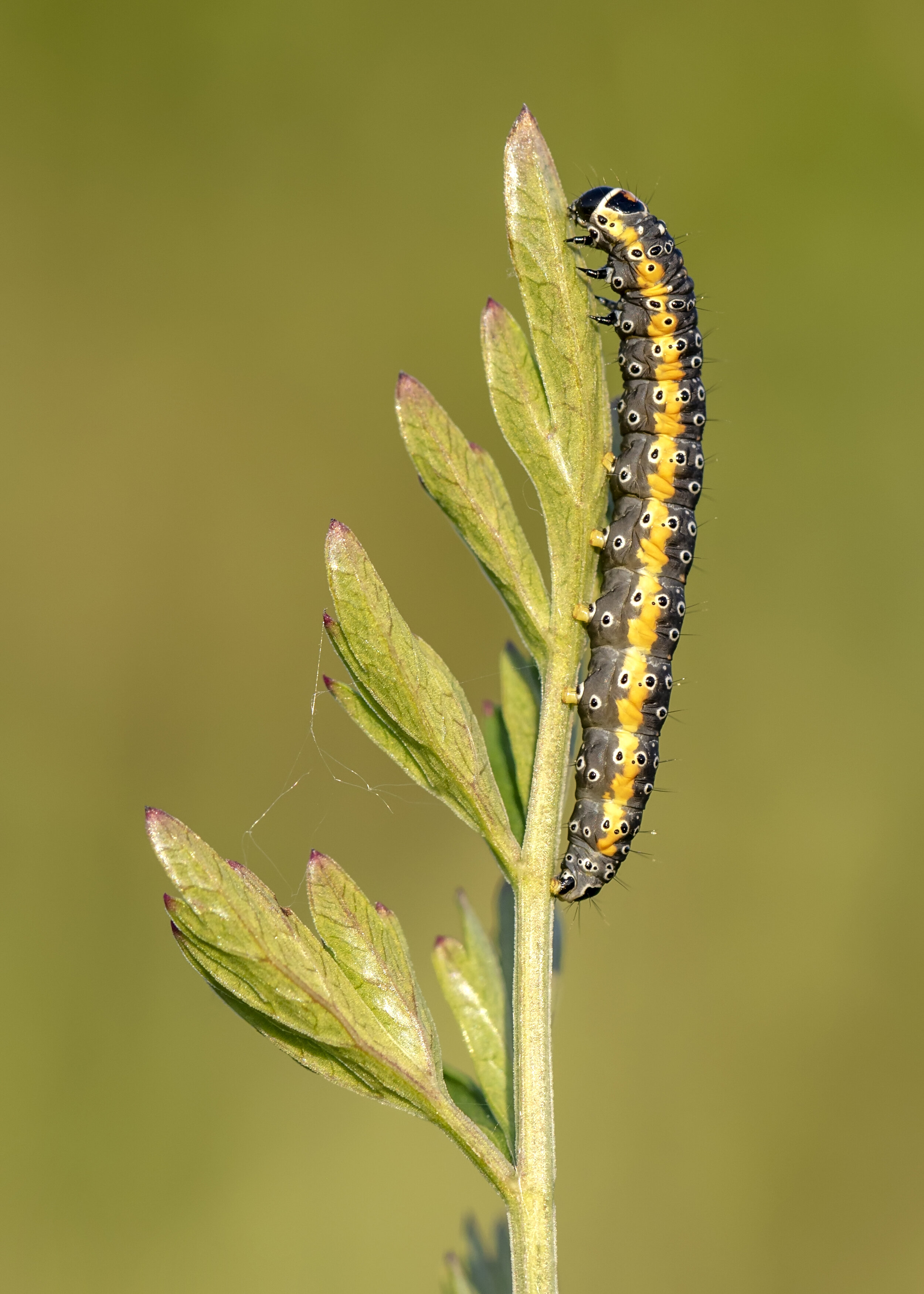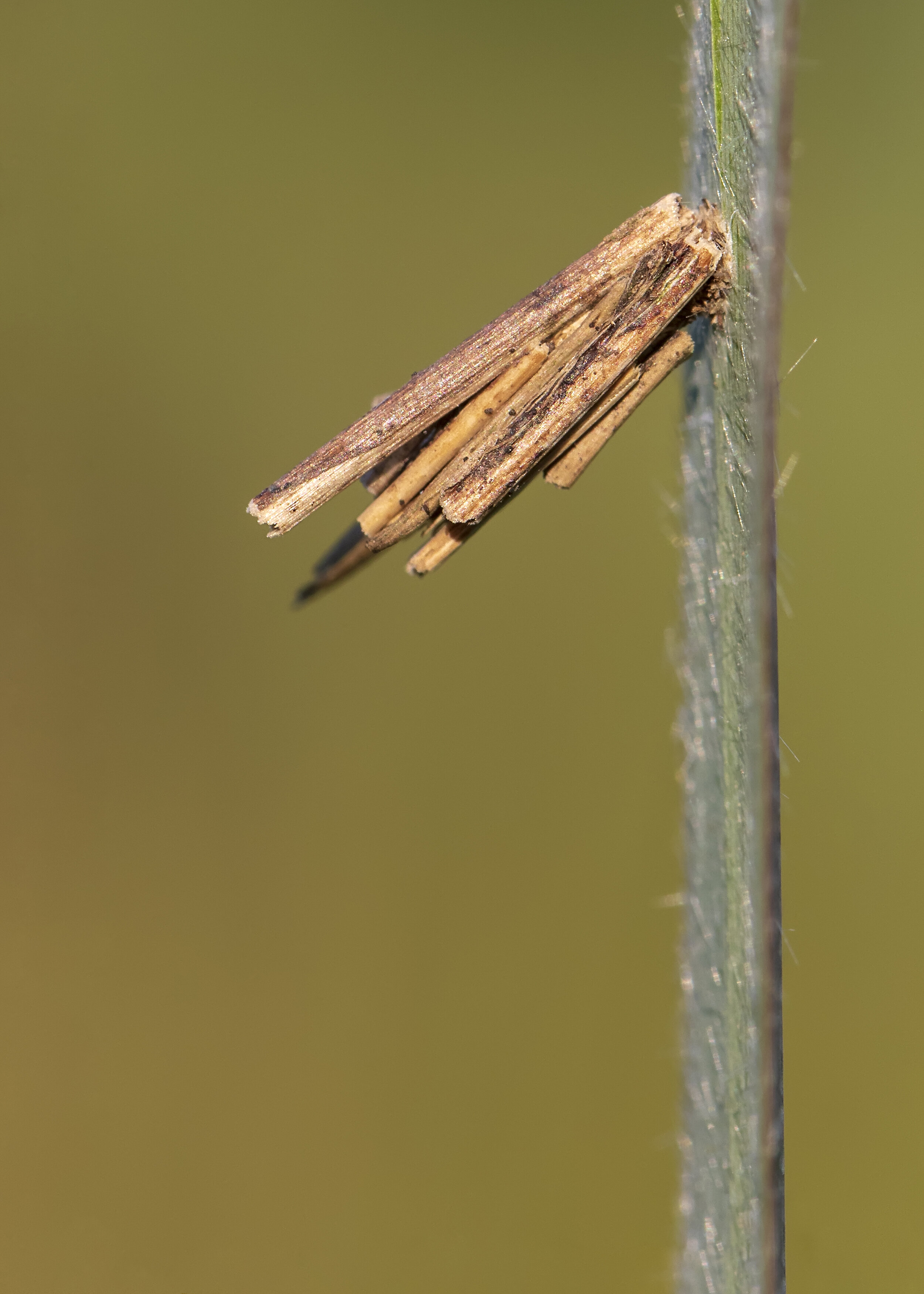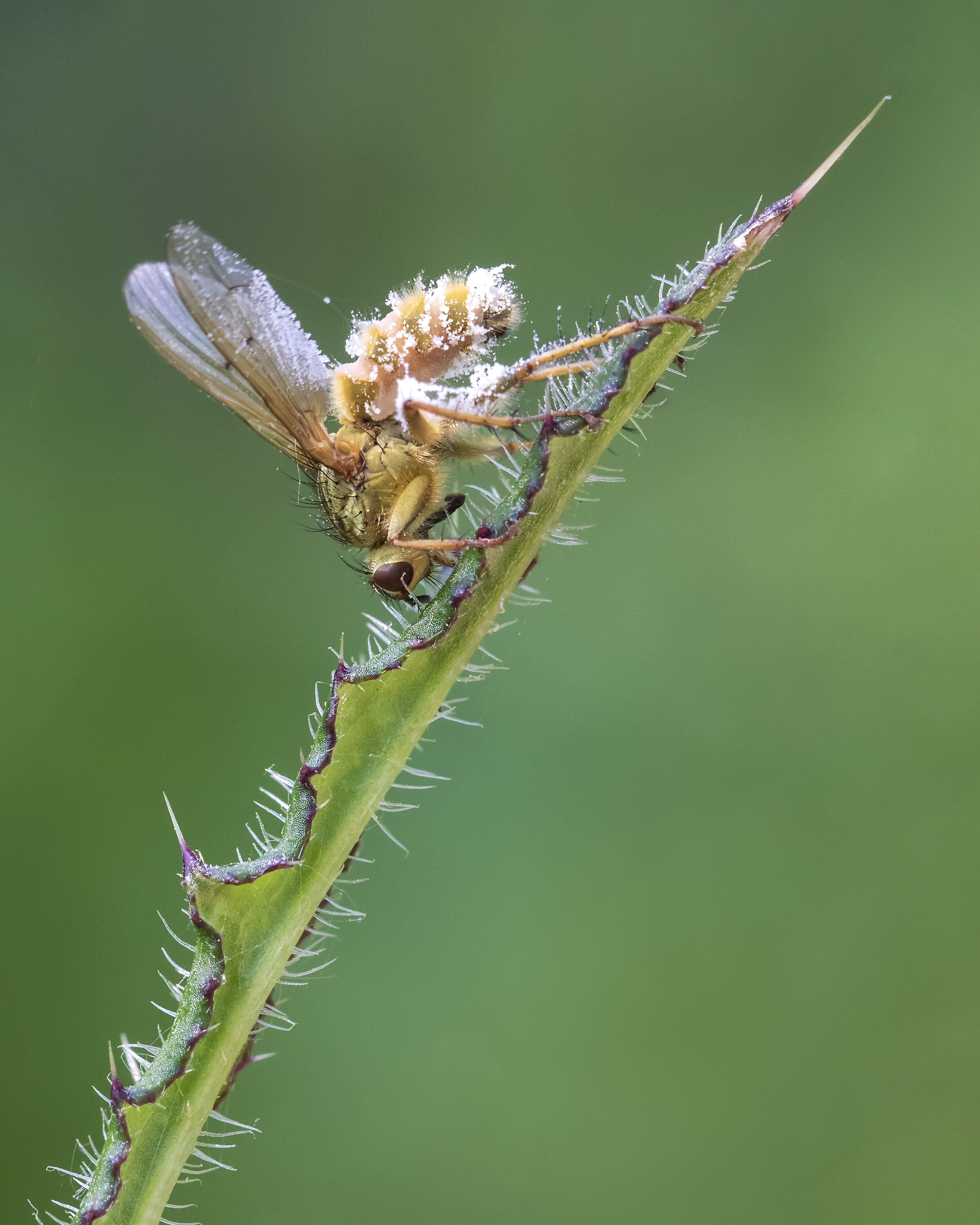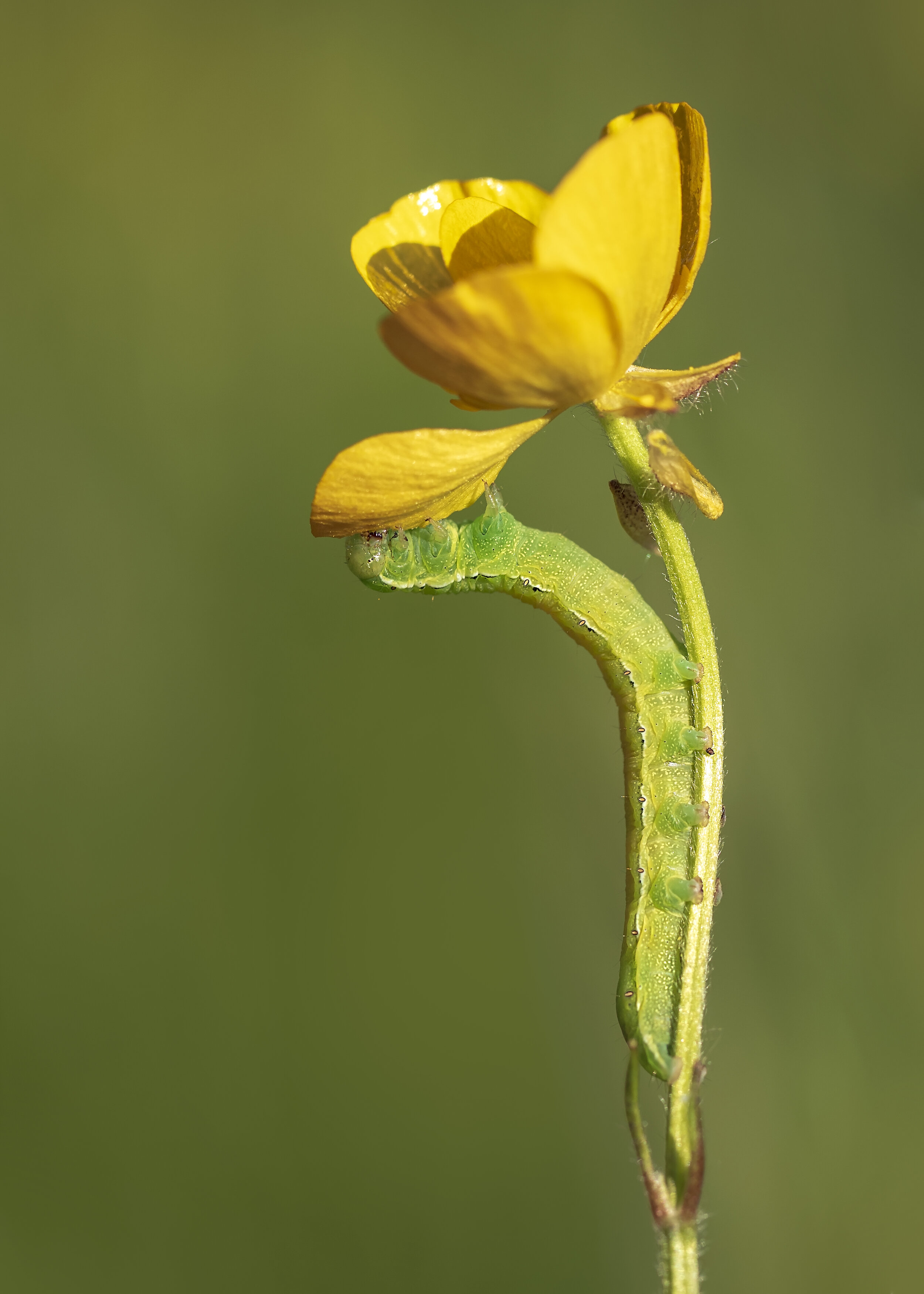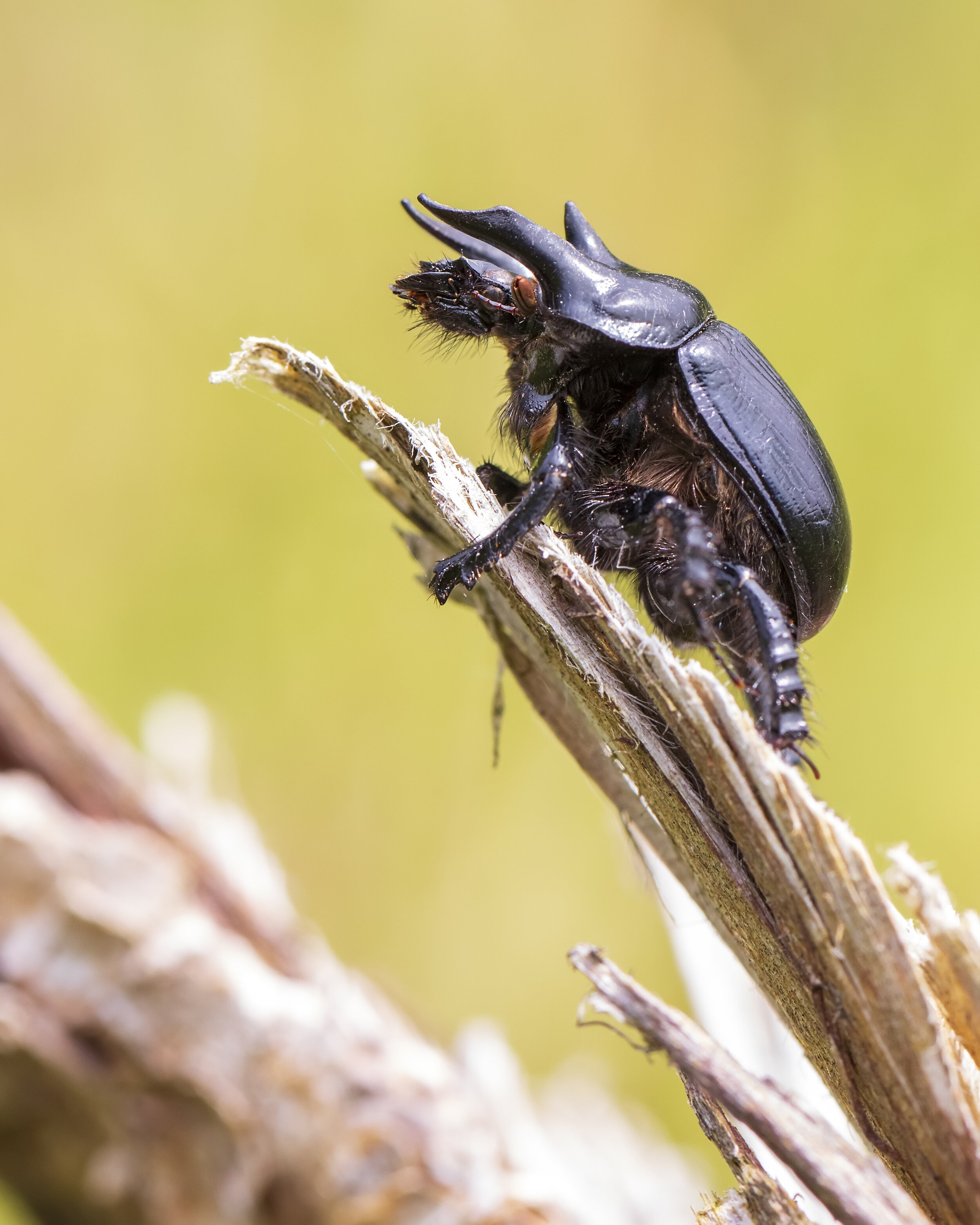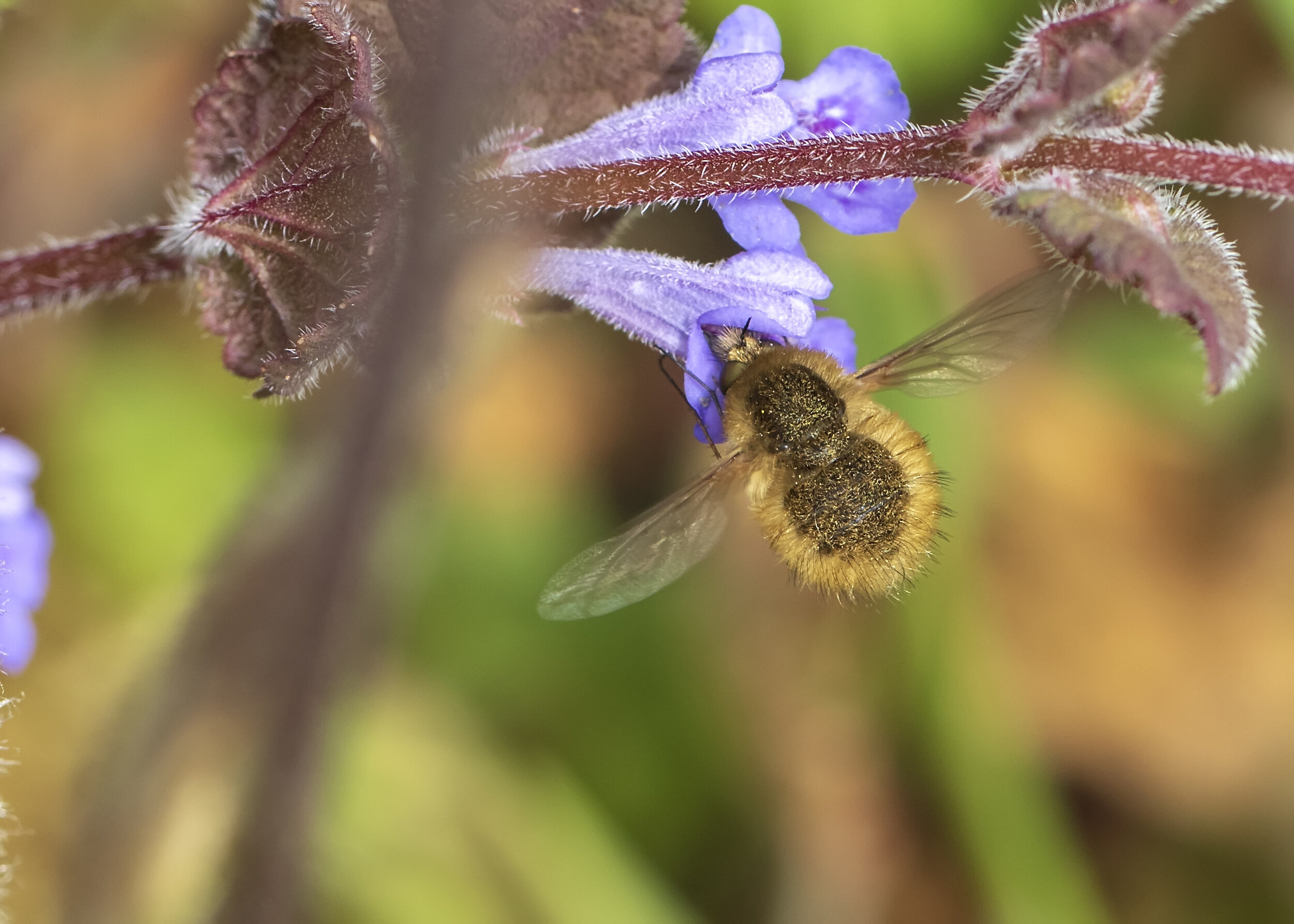Summary
What a year it’s been. The impact of 2020 will be felt for a long time I’m sure, but I do believe there’s been some important lessons for us all this year. I had a very scary experience with Covid in April, being hospitalised twice, and despite coming out the other end, it’s been months before I’ve felt some what myself again. I have been very lucky, and I think that’s the whole point with this virus as it affects everyone differently. To think that there are still sceptic people out there who deny the very reality of Covid, just because there remains a cloud of mystery around how data is interpreted. Frankly, I couldn’t care less about how accurate the death counts were, people ARE dying and HAVE died from this virus, and that should be enough for people to start thinking about their actions. That doesn’t mean living in fear, it means proactively making decisions to minimise risks. That is literally all we can do. I think the government have had to make very difficult decisions this year, for the economy and peoples wellbeing. Do I think they made all the right decisions? of course not. There were times that too much trust was given to the people, and there were times where we weren’t given enough trust., timings were never perfect, typically too late to act but sometimes too early. Ultimately though, the power always remained in own hands and if we all continue to make sensible decisions, that doesn’t put others at risk, then that is all we can do. I really do feel for people who’s careers have been put on hold, kids that have lost out on a basic education and the amount of pressure put on small businesses, people who are self-employed or rely on face-face interactions to do their Job. I can’t imagine what you’ve all had todo in order to survive this. Of course some people simply haven’t, and are continuing to find their way out the other end of this long tunnel, but I do believe this will come to an end. Who would have thought we’d already have a vaccine? Am I sceptical about how fast it’s been produced and approved? Not at all. Will I have a vaccine if they become available to public? without a doubt, because I do not what to catch that virus again. If there is anything we had to succeed in as a race, it was this. We’ve overcome so much in our history already and I’m sad to say, this will unlikely be the last. We’re going to face big challenges in the future, with even greater stakes on the table. Climate change is catching up with us but all we can do is work together and great things can be achieved.
Willow Tit
So what else has 2020 produced? Well, conservation partners like the RSPB, BTO, WWT, DAERA, JNCC, NatureScot, NE and NRW have all worked together to compiled a ‘State of the Uk’s Bird’s 2020’ report.
It’s worth a read so here’s the link to BTO’s website, on which you can download the report yourself.
We all new species are declining all over the world.
One of the many declining species on the report, was the Willow Tit, which is now Britains fastest declining native species. This news comes just in time as one of our last breeding sites in Gwent has been decimated, so much so that there’s not even a stump left of what was perfect habitat. Enquiries are underway as to how and why this has happened. Thankfully, the site is located in Gwent’s largest forest ‘Wentwood’, so I can only hope the birds that did breed there, have found a suitable alternative elsewhere in the forest. Prior to knowing about the destruction of this breeding site, I found not one, but 3 Willow Tit’s, feeding and following each other around at a new spot in the forest. The habitat isn’t perfect, but it has a mixture of tree’s that will become much more suitable in the next few years. One of the three birds was actually singing, which is early as they don’t usually start till January, but temps so far this winter have been quite mild. I also managed to capture a sound that as apparently been undocumented before, which I’m told is an aggressive ‘warble’ described in old text to have a ‘nightingale feel’. I mistook this sound at first as being some sort of courtship contact call, as it was following what I thought was a female, but it could of actually been another male as I’ve been told that they also flock up in the winter, typical behaviour from the ‘Tit’ family.
Their song though is quite beautiful, and one I won’t mistake if I heard it again.
Looking Back
It seems to be a trend to look back on the years achievements, and despite all odds, it’s actually been a very productive year for me. Developing my sound recording has been both a therapeutic exercise to improve my own wellbeing between lockdowns, but it’s also been an opportunity to develop ideas that supports my new, collaborative business ‘In Our Nature CIC’. We’re so excited to be kicking off 2021 with our first project, which has been supported by HLF Funding. The Project is called ‘My Local Patch’ and you’ll be able to learn more about it here. Soon we’ll have a members area for participants of the project where you’ll be able to download resources and get involved in our workshops between now and the end of March. You can show your interest by creating an account on the website, so we know who you are and can invite you to events. Otherwise keep an eye out on our Facebook group
It’ll depend on Covid guidelines as to how we run this project but we’re hoping that it has a little of something for everyone.
I think we’ve all had our mental health tested this year. We’re not built for confinement, we need the outdoors, which is why we encourage everyone to make the most of each opportunity we get to enjoy our green spaces. This is where sound recording’s come into play though, as there are people who are stuck indoors, so to be able to listen to nature at home can be a powerful thing.
Watch this space: https://www.inournaturecic.co.uk
I've had lots of memorable moments with nature this year, most of which have been without the camera to be honest, but despite getting many planned Nightjar shots, it was this unplanned scene that was my favourite. I’ve learned quite a bit this year about the requirements and preferences of Nightjar, why they choose certain spots over others and what they do in all kinds of different weather conditions. They are quite incredible birds and can be some what predictable once you know what they require, but this spot was totally out of the blue and the last place I expected to find her as it was right out in the open. This was post-breeding, so I suspect she was enjoying the open area for a change after spending most of the year sat in wet poo on the ground from the youngsters.
Some of the biggest highlights though have most certainly been whilst sound recording.
As horrific as it was, for the first time in centuries the world was almost faced with complete silence with no cars on the road, no planes in the air and factories closed. Just sticking your head out the window was very strange and people were starting to notice the sounds of birds once again. Suddenly peoples Gardens become more important than ever, as people fed their garden birds and appreciated what they had in their doorstep.
I was lucky to still be working at that point, as I work alone in the countryside so no risks of social engagement. Farmers were still working though, so I couldn’t escape that sound, but considering this recording was taken under a mile away from what would otherwise be a raging sound from the M4 motorway, I was amazed I was able to capture such a peaceful recording of this Grasshopper Warbler:
Another lockdown magical moment was with a pair of displaying lapwing on the gwent levels. The only sound of man came from a nearby farm but the location was otherwise deadly silent, so much so that you could hear the wingbeats of passing Bats! It was insanely quiet and a moment I will never forgot.
I had many throughout the year, too many to share but here’s a Nightjar, Cuckoo, Pied Flycatcher and a Weasel, which was one of many mammals I got to record this year, like Water Shrew, Wild Boar, and a few Bat species too.
The list is too long for me to chose but I think you get the picture. We have almost come full circle and soon spring will be here. I hope this spring will be the release we all need but if we are back in lockdown once again, just think about the peace that wildlife will get during that time of silence. I hope 2021 you’ll be able to find your own tranquility in this busy world.

